The landscape of functional beverages has undergone a remarkable transformation over the past decade, evolving from simple energy-boosting concoctions to sophisticated elixirs targeting mental and emotional well-being. What began as a niche market dominated by athletes and night-shift workers has now permeated mainstream culture, with consumers increasingly seeking drinks that do more than just quench thirst or provide a caffeine kick. This shift reflects a broader societal move towards holistic health, where physical vitality and mental clarity are seen as interconnected pillars of wellness.
In the early 2000s, functional drinks were synonymous with energy supplements. Brands like Red Bull and Monster pioneered this space, offering high-caffeine, high-sugar formulas designed to combat fatigue and enhance physical performance. These beverages quickly became staples among students, professionals, and athletes, capitalizing on the fast-paced, productivity-obsessed culture of the time. The messaging was straightforward: drink this, and you’ll power through your day or workout. However, as consumer awareness grew around the drawbacks of excessive sugar and artificial ingredients, the market began to pivot.
The next wave of functional drinks emerged with a focus on clean energy—products that provided sustained vitality without the dreaded crash. Ingredients like green tea extract, guarana, and B-vitamins replaced some of the more controversial components, appealing to health-conscious buyers. This period also saw the rise of hydration-focused functional beverages, with electrolytes and minerals being added to water not just for athletes but for everyday wellness. Yet, even this evolution was merely a stepping stone to something more profound.
Today, the functional beverage industry is in the midst of a revolution, one that prioritizes mood enhancement and cognitive support alongside physical benefits. This isn’t just about staying awake or rehydrating; it’s about feeling better mentally and emotionally. The modern consumer is juggling unprecedented levels of stress, anxiety, and digital overload, creating a demand for products that offer respite. In response, brands are infusing drinks with adaptogens like ashwagandha and rhodiola, nootropics such as L-theanine and lion’s mane, and even CBD to promote calm, focus, and emotional balance.
The science behind these mood-oriented beverages is both compelling and complex. Adaptogens, for instance, are non-toxic plants that help the body resist stressors of all kinds, whether physical, chemical, or biological. They work by modulating the release of stress hormones like cortisol, thereby promoting a state of equilibrium. Similarly, nootropics—often called smart drugs—enhance cognitive function, improving memory, creativity, and motivation without the jitters associated with traditional stimulants. When blended thoughtfully, these ingredients create synergistic effects that address both mind and body.
Consumer demand for these advanced functional drinks is being driven by deeper cultural shifts. The stigma around mental health is diminishing, and people are more open to discussing and managing their emotional well-being. This has created a fertile ground for products that position themselves as tools for self-care. Moreover, the pandemic accelerated this trend, as isolation and uncertainty led many to seek out natural ways to alleviate anxiety and boost morale. Functional beverages, with their convenience and promise of daily support, fit perfectly into this new routine.
Brands are keenly aware of this demand and are investing heavily in research and marketing to capture market share. Companies like Kin Euphorics and Recess have built entire identities around mood enhancement, offering sparkling tonics and infused waters that claim to reduce stress and increase happiness without alcohol or excessive calories. Even established giants like PepsiCo and Coca-Cola are entering the fray with their own lines of functional beverages aimed at mental wellness. The packaging and branding often emphasize natural ingredients, minimalist design, and a lifestyle of balance and mindfulness.
Regulatory challenges, however, loom large. As functional beverages make increasingly bold claims about mood improvement and cognitive benefits, they attract scrutiny from agencies like the FDA. The line between a dietary supplement and a food product is blurry, and companies must navigate complex labeling laws to avoid penalties. This has led to a more cautious approach in some markets, with brands relying on softer language like supports relaxation or promotes focus rather than making direct medical claims. Despite these hurdles, innovation continues unabated.
Looking ahead, the future of functional beverages seems poised for even greater integration of technology and personalization. Imagine drinks tailored to your DNA, microbiome, or daily stress levels, crafted based on data from your wearable device. Biotech startups are already exploring this frontier, developing products that adapt to individual physiological needs. The convergence of nutrition science, digital health, and consumer goods could redefine what it means to consume a functional beverage, making it a highly personalized experience aimed at optimizing both mental and physical states.
Yet, amid all this innovation, questions remain. Are these drinks truly effective, or are they simply capitalizing on wellness trends? The evidence is mixed; while some ingredients have strong scientific backing, others rely more on traditional use than clinical trials. Consumers are becoming more educated and skeptical, demanding transparency and proof. This will likely push the industry toward greater rigor and standardization, ensuring that products deliver on their promises rather than just leveraging marketing hype.
In conclusion, the journey of functional beverages from mere energy providers to mood enhancers mirrors our evolving understanding of health. It’s no longer enough to be physically energized; we want to be mentally resilient and emotionally balanced. This shift has transformed the humble drink into a powerful vehicle for wellness, reflecting deeper desires for control, comfort, and connection in an increasingly chaotic world. As science advances and consumer expectations rise, the functional beverage category will continue to innovate, blurring the lines between food, medicine, and self-care in fascinating ways.

By /Aug 29, 2025
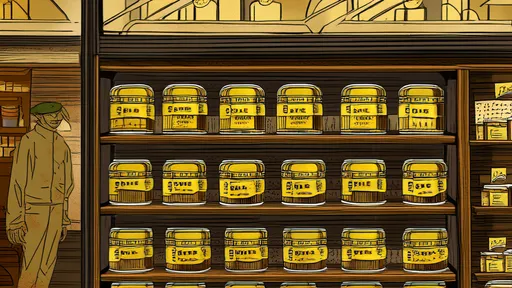
By /Aug 29, 2025
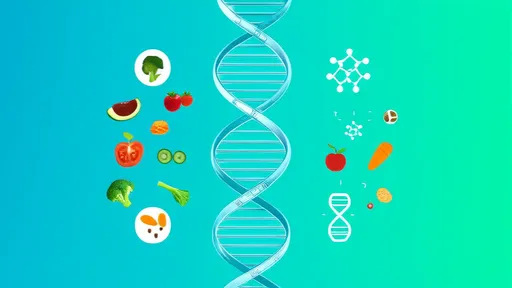
By /Aug 29, 2025

By /Aug 29, 2025

By /Aug 29, 2025

By /Aug 29, 2025

By /Aug 29, 2025

By /Aug 29, 2025

By /Aug 29, 2025

By /Aug 29, 2025
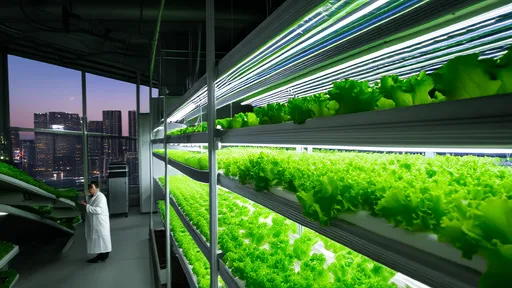
By /Aug 29, 2025
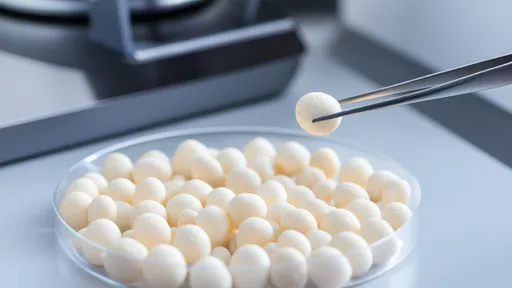
By /Aug 29, 2025
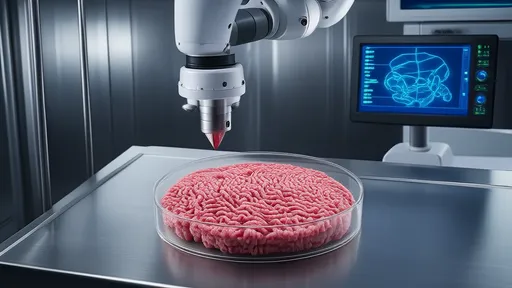
By /Aug 29, 2025

By /Aug 29, 2025

By /Aug 29, 2025
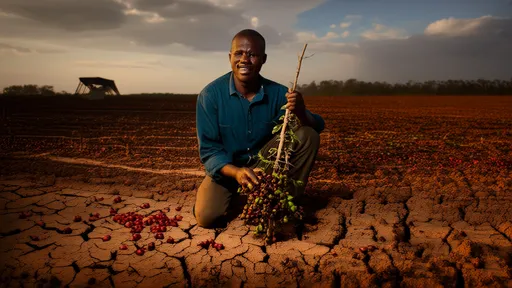
By /Aug 29, 2025
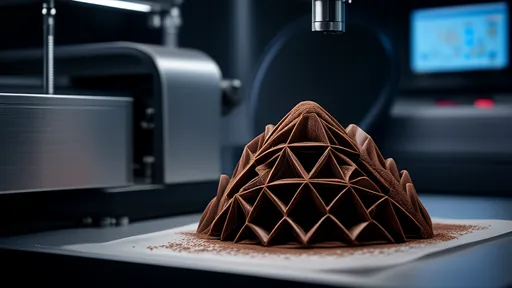
By /Aug 29, 2025

By /Aug 29, 2025

By /Aug 29, 2025

By /Aug 29, 2025